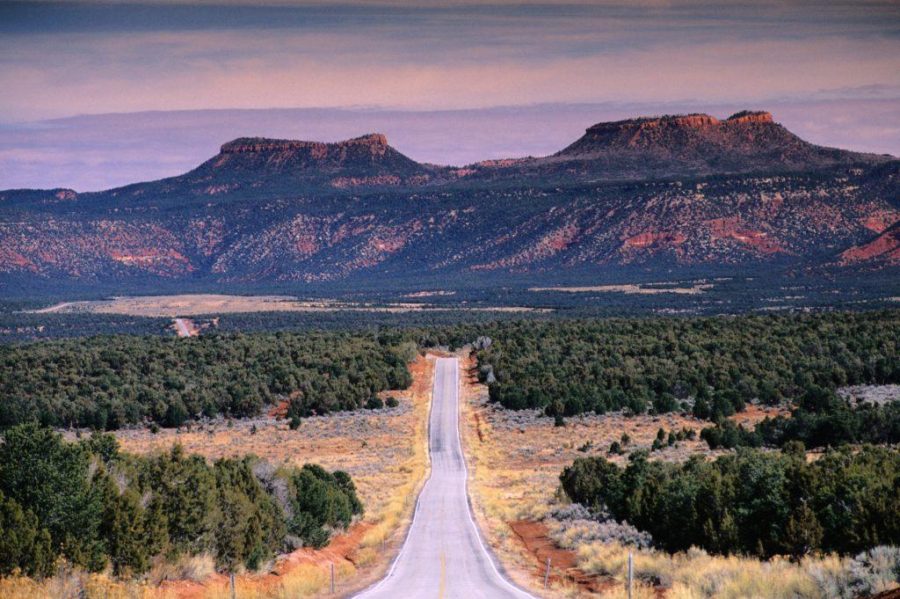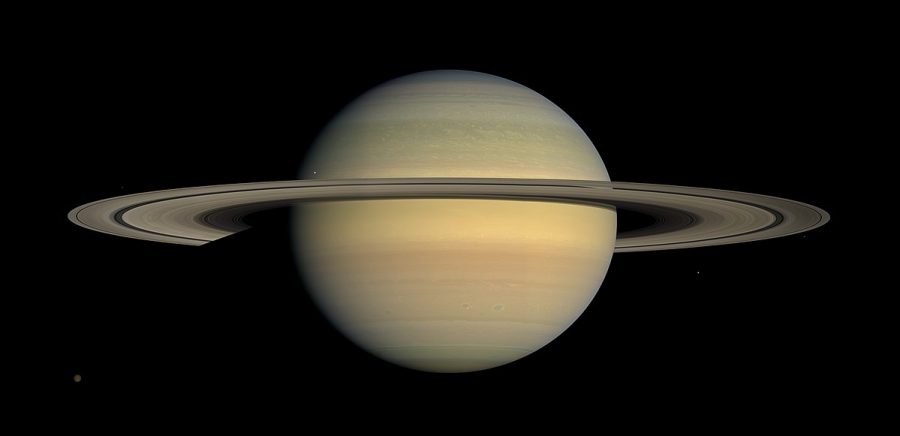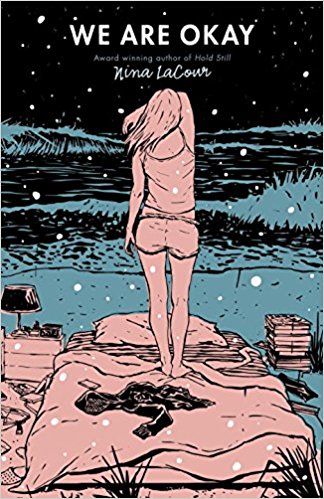By Jack O’Dwyer
Staff Writer
Great strides were made in wildlife conservation this week as yet another apex predator has been taken off the list of endangered species. The International Union for Conservation of Nature (IUCN) decided to downgrade the status of snow leopards from “endangered” to “vulnerable”.
Snow leopards, also known by their scientific name “Panthera uncia”, are native to the mountains of central and southern Asia. They enjoy altitudes of up to 15,000 ft and are mostly solitary creatures: the only exception being females caring for their cubs. An adult snow leopard can reach 170 lbs and be over 90 in from nose to tail tip. Their tails are so long and thick that they are often used to keep warm and cover their face when they sleep. Despite being big cats, these animals lack the ability to roar, instead using vocalizations similar to domestic cats like hissing.
Like many big cats, snow leopards have largely fallen prey to the exotic animal and poaching trades. Some people believe that their bones, fur, and organs have magical properties and a pelt can go for a price as high as $10,000 on the black market. They also suffer from habitat loss as humans continue to encroach on their territory to farm and raise livestock. The constant push into wild territory scares off or depletes the leopard’s natural prey, making it harder to find food and harder to survive. Due to this, the leopards hunt the human’s livestock, which in turn angers the farmers who hunt them to protect their animals.
The IUCN originally added the snow leopard to their red list as endangered in 1972. The decision to lower their status to vulnerable comes after a three year population assessment that determined the number of mature, reproducing cats in the wild is officially over the 2500 mark. The new estimated amount is somewhere between 4000 and 8000. While this is good news, researchers have noted that the population is still in decline – it’s just not in “steep decline”.

There are many plans in place to keep these animals protected. Population monitoring technologies like satellite – or tracking – collars and camera traps help keep a close eye on the number of individuals left in this species. Protected areas and conservation education have also been great methods to keep the snow leopards safe.
This is a rather personal victory for me as I have had a deep affection for these big cats for quite some time. It should not be surprising that I’ve always loved animals. For the first few years, when facing the question “what do you want to be when you grow up?” I fluctuated from veterinarian to vet tech, and eventually to zoo keeper. I ended up interning at the Central Park Zoo one summer where I had the chance to work with and design objects for their three snow leopards. The impact of conservation work doesn’t really hit you until you learn that Zoey the snow leopard loves the smell of “Phoenix” axe body spray. Hopefully, the good fortune for these animals spreads to other aspects of wildlife conservation around the globe.




















